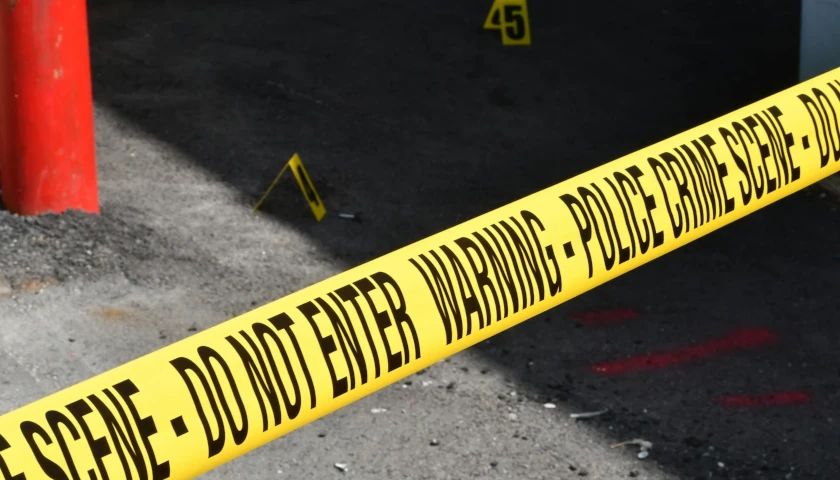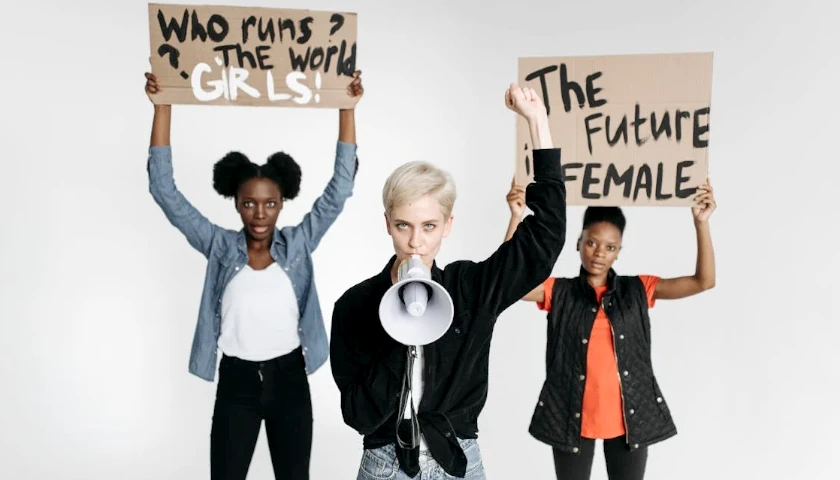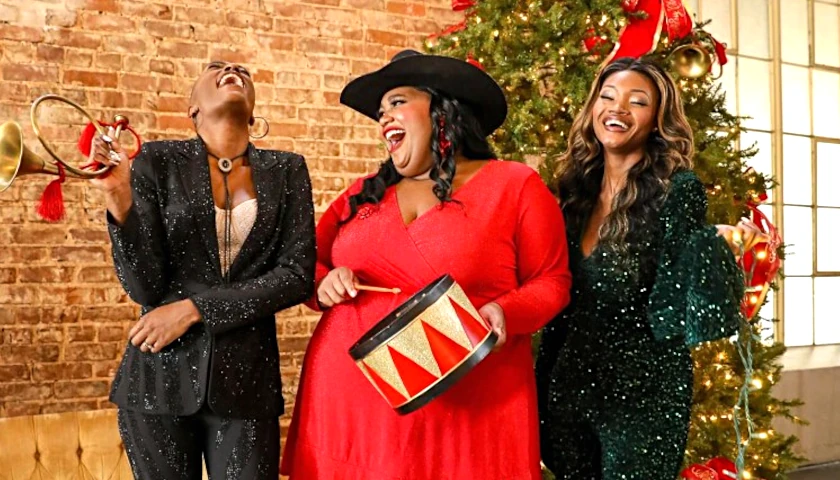by Abigail Anthony
“Exclusion U,” a feature documentary released this year, details how Ivy League universities accumulate billions of dollars as they restrict class sizes, turn away qualified students, and favor the children of the rich.
“Ivy League endowments are worth $193 billion dollars, but they only educate 0.3 percent of U.S. undergrads,” the film’s narrator stated. “That’s less than 63,000 students.”
“With so much money, why are they keeping so many students out?”
The film featured “interviews with low income students who fight for a place on campus, deans of admissions and shocking financial information,” according to its Internet Movie Database description.
This footage “force[d] the question: why do we continue to invest so much in institutions that invest so little back in us?”
“There are way too many qualified applicants than there are seats at these highly selective and elite universities,” Jeff Selingo, author of “Who Gets In and Why,” said in the film.
“Many of these elite universities are judged by who they exclude because the rankings are largely based on the students that they admit,” he said.
“Ivy League universities can expand when it comes to staff, but fail to do so when it comes to expanding the number of undergraduate students,” the film’s narrator stated.
Princeton University President Christopher Eisgruber, in a rare endorsement of campus expansion initiatives, suggested last year that there are about 18,000 rejected applicants each year who could replace admitted students without changing the quality of the class, according to the Princeton Alumni Weekly.
All taxpayers should be concerned with the Ivies’ exclusivity and wealth hoarding, according to experts interviewed in the documentary.
“We’re funding the Ivy League with millions, and oftentimes billions, of dollars worth of subsidies, aid, and indirect and direct payments,” Adam Andrzejewski said in the film.
Andrzejewski is founder and CEO of Open the Books, a government watchdog group, The College Fix reported last year.
Even more, “the elite of our business world, of our political world are going to be drawn from those selective academic institutions,” said Richard Reeves, an economist who writes about class in America.
“So it really does matter who goes,” Reeves said. “They are, to some extent, pipelines to those who are going to be ruling us in one way or another.”
“Combined, the endowments of the eight Ivy League schools total over $193 billion,” according to the documentary’s website.
“These universities are treated like charitable organizations, meaning they do not pay taxes on the donation income they receive to fund these endowments,” the online description continued.
“Most Ivy League Schools do not pay property taxes, even though they have large property holdings,” it stated.
“Some universities do pay PILOTS (payments in lieu of taxes) but these are far less than the taxes they would pay, forcing local communities to make up the difference.”
The eight Ivy League institutions are Brown, Columbia, Cornell, Dartmouth, Harvard, Princeton, the University of Pennsylvania and Yale.
For the class of 2023 application cycle in 2018-19, Cornell had the highest acceptance rate with 10.6 percent of applicants being admitted, while Harvard had the lowest with a 4.5 percent acceptance rate, according to Ivy Coach, an admissions consulting firm.
The film’s team contacted all the Ivy League universities for comment multiple times. Harvard, Yale, Princeton, Cornell, Brown, and Columbia each declined to participate.
The documentary also explores how wealthy students are far more likely to attend an Ivy League university than their less affluent peers.
“Students who come from families in the top 1% income bracket are 77 times more likely to attend an Ivy League School than their lower income counterparts,” the documentary’s website stated.
“First generation, low income students, particularly students of color, are rare outliers in the Ivy League environment – only 8,592 students at Ivy League Schools are Pell Grant eligible (meaning they are in the lowest income bracket),” it continued.
“For students from middle class families, who can neither pay tuition outright nor are eligible for grant funding, the Ivy League is almost completely out of reach.”
Harvard, for example, has the largest university endowment in the United States, totaling $50.9 billion in 2022, according to The Harvard Crimson. The university reported granting $677 million in financial aid and scholarships in 2022, just one percent of its more than $50 billion endowment..
Prospective students’ families with millions of their own to donate may even benefit from a sort of affirmative action for the rich.
“Families will walk in and they’ll be like, ‘Oh, you know, we’ve donated tens of thousands of dollars to the university in the past.’ And it’s like crickets will be heard there, because there [are] many families that do that,” McGreggor Crowley, a college counselor at a firm that specializes in Ivy League admissions, stated in the film.
“Ten million dollars is going to be something that people may start to take notice at,” Crowley said.
Watch the film trailer:
– – –
College Fix contributor Abigail Anthony graduated summa cum laude from Princeton in 2023 with a politics concentration. She is a Barry Scholar at Oxford University pursuing a master’s degree in Linguistics.
Photo “College Classroom” by Yan Krukau.




